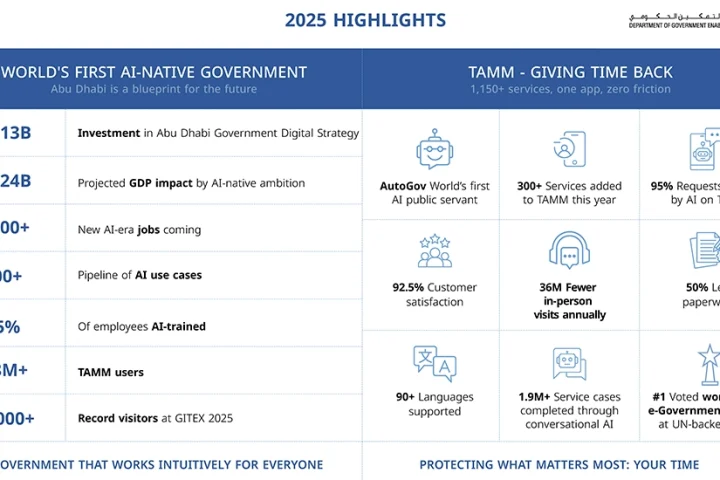Banks and other financial services companies aim to become technology businesses but are under pressure to reduce costs and deliver on large transformation projects. Furthermore, supporting remote working on an unprecedented scale has placed greater emphasis on cloud and security.
It has been reported that 93% of financial services industry IT leaders stated that enterprise open source was important to their respective organisations. This is enabling banks to implement hybrid cloud strategies and develop cloud-native applications.
Besides using enterprise open source from a trusted vendor, gains are possible by working with open source communities, also known as the upstream. From here, the software can be downloaded for free, or consumed via a trusted open source vendor that hardens the software, secures and stabilises it, and adds lifecycle management and service level support.
Open source community collaboration allows banks to contribute directly to the development of new code. It’s a way of expanding a team many times over; supporting open source projects, contributing developer time, and gaining the output of hundreds or thousands more, creating a magnification effect!
Open source allows an enterprise to play a leading product development role by nurturing a solution that addresses specific business requirements. Many organisations can work together to acquire required capabilities and the code will likely become freely available, providing an opportunity for other developers to access it.
Banks should look at ways of contributing to the development of Kubernetes and the upstream model gives them the ability to do this. They can marry their own resources with the community’s to shape Kubernetes-based products and solutions to target their own individual business requirements. It’s a model that promotes continuous development, benefitting banks and the wider community.
Banks are not averse to the upstream, with examples including a major financial services organisation that joined a community to drive the development of a critical piece of middleware. The bank’s developers worked with the open source community to create new software and features for the business process management platform. Subsequently, the bank is now an active member of the open source community, demonstrating that leveraging global communities is a smart and cost-effective way to drive software development and transform digitally.
Most financial services developers are tucked away behind the company firewall. Like banking itself, software development can be a stringent and highly regulated process. It’s time to change this. In today’s fast-paced digital economy, the policy of keeping your developers in a closed environment is no longer tenable.
There are different ways an organisation can contribute to upstream communities and gain access to a global network of developers, the most common model being to contribute code. By doing so, banks and financial services organisations can discover, or help to build, software that can be adapted for a specific business need. Enterprise organisations that participate in existing open source projects can stay ahead of the curve, reduce costs, and speed up time to market.
By Tim Hooley, EMEA FSI Chief Technologist, Red Hat.
























